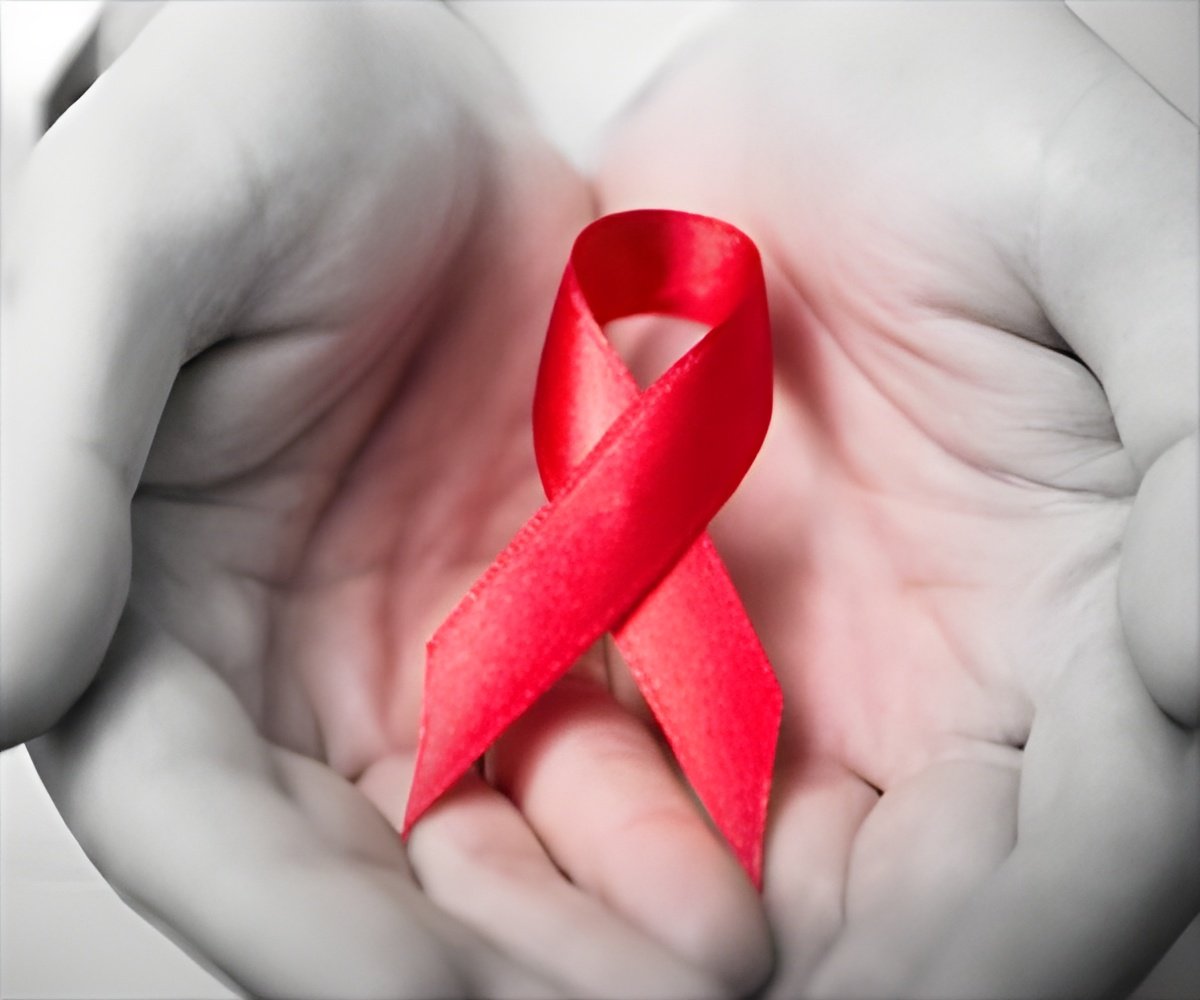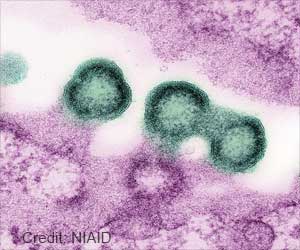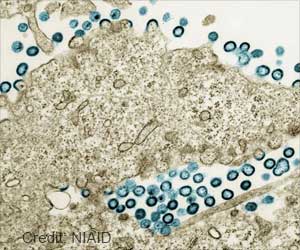
HIV Statistics - Global and Regional Trends
Go to source) have decreased worldwide, except in Eastern Europe and Central Asia. According to the latest UNAIDS data released last month, global AIDS-related deaths dropped by over half (51%) between 2010 and 2023. However, in Eastern Europe and Central Asia, they rose by 34.4% during the same period. The steepest decline in AIDS-related deaths during the period 2010-2023 among all the regions globally was in Eastern and Southern Africa (59%), followed closely by the Caribbean (57%) and Western and Central Africa (55%). This drop in AIDS-related deaths was 51% in Asia and the Pacific, 34% in Western and Central Europe and North America, 28% in Latin America, and a mere 6% in the Middle East and North Africa.
‘#AIDS-related deaths are declining globally, EXCEPT in Eastern Europe & Central Asia. This stark contrast highlights the urgent need for expanded access to life-saving #antiretroviral treatments in the region. #HIV #globalhealth’





Advertisement
Surge in HIV Epidemic Cases
Not just AIDS-related deaths, even the number of new HIV infections has risen by 20% in Eastern Europe and Central Asia, which is home to 2.1 million people living with HIV (5% of the global population of people with HIV). There were 140,000 newly infected people with HIV in 2023 in Eastern Europe and Central Asia (out of 1.3 million people who got newly infected in 2023 worldwide). HIV adult prevalence in the region has increased from 0.5% in 2010 to 1.2% by 2023.The number of new HIV infections in 2023 has increased in the Middle East and North Africa and Latin America regions as well. However, in the rest of the regions, the number of new HIV infections has shown a decline.
"In the Asia and Pacific region, there was a 14% decline in new HIV infections in 2022, but in 2023 it was 13%. So, the decline is stagnating. That is the challenge," said Eamonn Murphy, Director of UNAIDS Regional Office of Eastern Europe and Central Asia, and Asia and the Pacific.
"What is going wrong in access and adherence (to the full cascade of HIV prevention, testing, treatment, and care services)?" rightly asks Eamonn in regions where HIV rates and/or death rates have shot up.
The scientific evidence-backed WHO recommendations call for ensuring that everyone knows their HIV status, all those living with HIV should receive lifesaving antiretroviral therapy and remain virally suppressed (undetectable viral load). If the viral load of people with HIV is undetectable, there is a zero risk of any further HIV transmission. This is commonly referred to as Undetectable Equals Untransmittable or #UequalsU.
All governments globally have promised to end AIDS by 2030, which implies that #UequalsU should be a reality for all people living with HIV, and that everyone should have access to the full range of HIV combination prevention options in a rights-based and dignified manner.
"At the 25th International AIDS Conference (AIDS 2024), one of the major issues we discussed constantly is U=U (Undetectable Equals Untransmittable). The science is clear that if people are able to access effective treatment and remain on it, they achieve viral suppression. WHO has confirmed there will be zero sexual transmission. They can lead a normal life like anyone else. This is a powerful tool to motivate early testing and continued treatment. It also demonstrates that HIV is not what it was 30 years ago; it is not a death sentence," said Eamonn.
Advertisement
Deadly Gap Between What We Know and What We Do
“Wherever we have seen strong investments by governments working in partnership with the community and science, we have seen success. In Asia-Pacific, many countries are on the right path. But political leadership and commitment have either reduced or plateaued. That is the big challenge,” said Eamonn.Prevention and treatment services will only reach people if human rights are upheld, unfair laws against women and marginalized communities are scrapped, and discrimination and violence are tackled. Equitable access to medicines and innovations, including long-acting technologies, is critical.
He added, “In Eastern Europe and Central Asia, we lack sufficient government commitment to provide the right level of testing, treatment, and prevention services. Several laws in both regions are holding us back by actively discouraging people from seeking testing or treatment. These laws criminalize the potential risk or transmission of HIV. In Asia and the Pacific, we see similar laws. But there is a whole range of criminalization based on who people are, their work, or their behaviors. This must stop."
A legal environment that facilitates access to effective, equitable, and people-centered HIV services is essential for ending the pandemic.
As per the latest UNAIDS report, in 2024, only four countries (Venezuela, Colombia, Netherlands, Uruguay) did not have laws criminalizing any of the four key populations of HIV. Key Populations refer to sex workers, gay men and other men who have sex with men, transgender people, and people who inject drugs. These populations are not only at heightened risk of HIV but are also critical in reaching the unreached with the full cascade of HIV services.
Advertisement
AIDS Response at a Crossroads
"As we face these challenges, some countries are still on the right path. In Asia and the Pacific, countries like Cambodia, Nepal, New Zealand, and Thailand are treating more than 80% of people living with HIV. Nepal has reduced new infections by more than 75% and could easily reach the 90% target," said Eamonn.Other countries are not investing in the right programs at the right time or are hindered by legal barriers. The Philippines, for example, has seen new infections rise by over 500% between 2010 and 2023, with a very high AIDS-related death rate. Despite government efforts, they are playing catch-up due to insufficient earlier investment.
“There are some bright spots in Eastern Europe and Central Asia too. Armenia is doing well, paying for 97% of the treatment for people living with HIV. However, other countries are enacting laws that deter people from seeking health services, increasing the risk of untreated infections,” noted Eamonn.
Access to Full Cascade of HIV Services is Key
AIDS 2024 highlighted a new HIV prevention medicine, Lenacapavir, which offers 100% protection from HIV when used by young girls and women as Pre-Exposure Prophylaxis (PrEP). However, the current price, over US$ 40,000 per person per year, is prohibitive. Eamonn stressed the need for investment in new technologies and making them accessible to all, as Lenacapavir could be produced for as low as US$ 40 per person per year, offering significant savings to governments.Eamonn emphasized the need for political commitment and innovative programs, especially for young people. In many countries, 47% of new infections are in individuals under 24 years old. Governments must invest in effective ways to combat HIV, engage young people, and ensure they have access to the full range of services.
Eamonn also highlighted the need for systemic reform to avoid delays in providing care and removing unnecessary barriers like confirmatory test requirements that may deter people from seeking care.
Leaders must urgently act to expand access to treatment and prevention services to reduce AIDS-related deaths and prevent further transmission.
Reference:
- HIV Statistics - Global and Regional Trends - (https://data.unicef.org/topic/hivaids/global-regional-trends/)
Source-CNS













